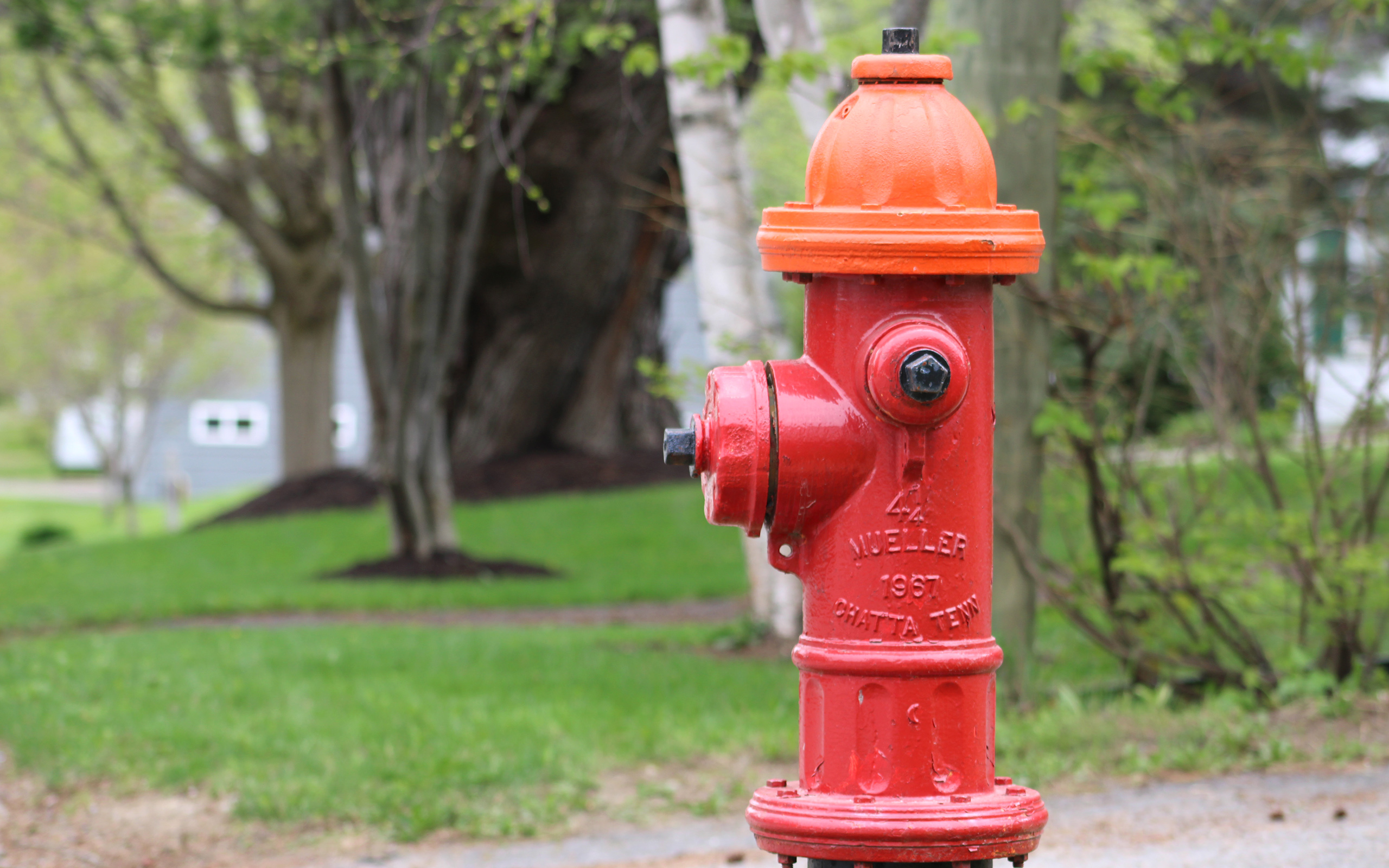
CARIBOU, Maine — Caribou has been wrestling for years with whose official job it is to dig out fire hydrants in the winter.
A proposed ordinance would clarify who is responsible for keeping the hydrants clear of snow so firefighters can get to them quickly when necessary.
The Caribou Utilities District owns the city’s 153 hydrants and the city pays an annual fire protection rate to use them. City Manager Penny Thompson said during the council’s April 25 meeting that debate has gone back and forth for some time over who should take care of them in the winter. Since hydrants must be accessible for fire safety, city councilors suggested a written agreement or ordinance was needed.
A public hearing will be held at 6 p.m. on Monday, June 13, on a draft ordinance to task the utilities district with the job.
The city paid $325,000 to the utilities district in 2022 for hydrant use.
The Public Works Department has been removing snow from them when time allowed — that is, when it wouldn’t mean overtime for the department, Thompson said Friday.
“The agreement has been an informal arrangement,” Thompson said. “The ordinance would make it clear that the responsibility for snow removal is on the owner of the hydrants — the CUD.”
The proposed document, An Ordinance To Amend Chapter 5, Fire Prevention, would state, “The Caribou Utilities District will remove all snow from fire hydrants within the City of Caribou.”
The district follows Maine Public Utilities Commission rules, which detail how to determine the municipal fire protection charge. Right now the annual charge is $325,000, Caribou Utilities District Superintendent Hugh Kirkpatrick said Friday.
“A common misconception is that hydrants are ‘rented’ by a city and the number of hydrants affects the cost. The number of hydrants is actually irrelevant,” Kirkpatrick said. “The fire protection cost is calculated regardless of the number of hydrants.”
The Caribou district uses the same method used by all of Maine’s regulated water utilities, which takes into account population and required water flow for fires, using a curve to set the rate, he said. The rate is capped at a minimum of 6 percent and a maximum of 30 percent of required operating revenue.
Regardless of whether an ordinance is passed, if the utilities district should be charged with hydrant snow removal, the cost would be accounted for in the city’s public fire protection rate or by a separate agreement, he said.
The topic is being considered now so there will be no question when winter arrives as to whose job it is to keep the hydrants clear, Thompson said.
“Safety is the primary concern. Having the hydrants ready in an emergency is part of keeping our community safe,” Thompson said.







